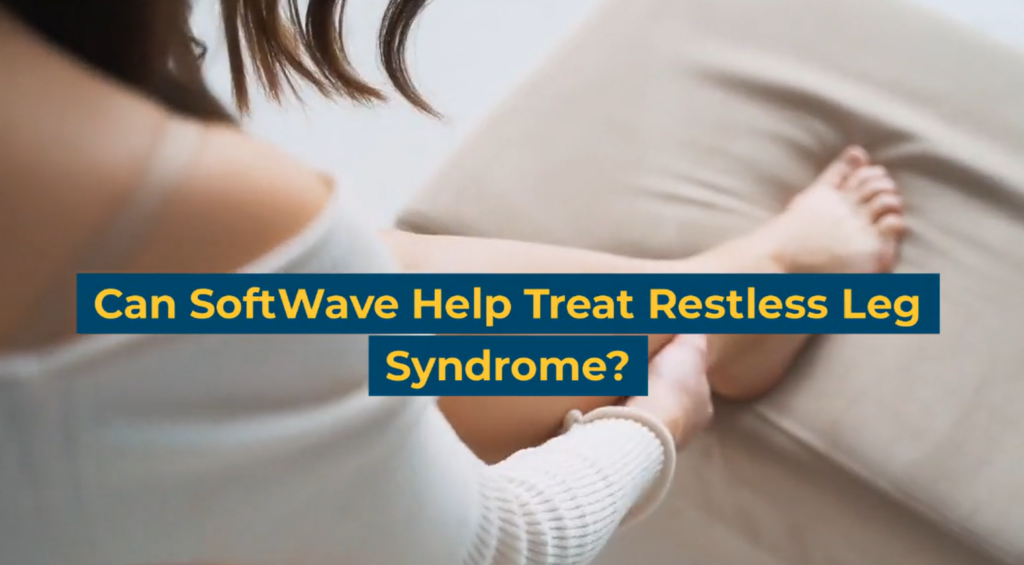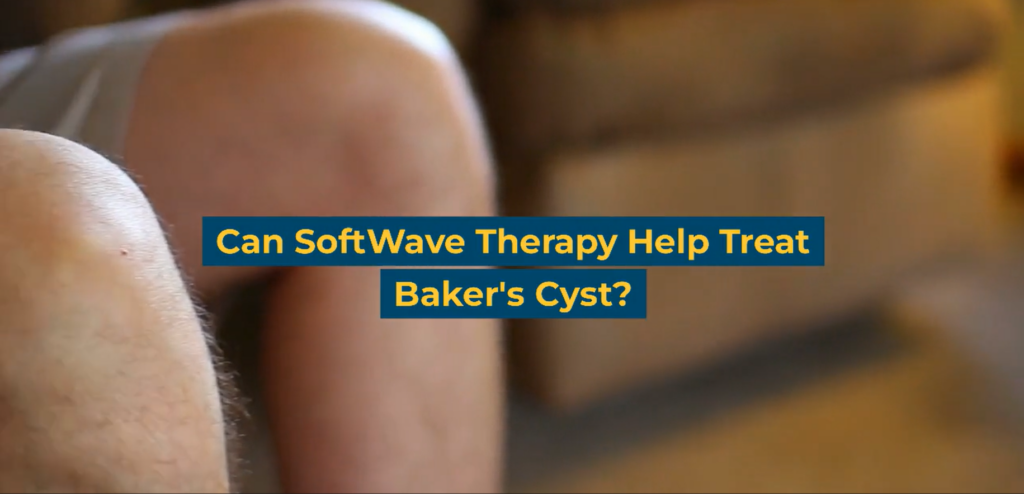Understanding Bell’s Palsy: Symptoms, Causes, and Challenges
Bell’s Palsy can manifest seemingly overnight, often revealing itself in a partial or complete inability to move facial muscles. The most poignant symptom is facial drooping. This might present as an uneven smile or a drooping eyelid. Blinking and tear secretion can also be affected.
Though the precise cause remains debated, many researchers attribute Bell’s Palsy to viral infections, particularly herpes simplex type 1, which causes cold sores. This virus may lead to nerve inflammation, resulting in the characteristic symptoms of Bell’s Palsy.
It’s essential to acknowledge the challenges faced by Bell’s Palsy patients. While many recover fully, the journey can be challenging, filled with communication difficulties and emotional stress. The inability to express oneself fully can lead to isolation, frustration, and lowered self-esteem.
Exploring SoftWave Therapy: What is it?
SoftWave Therapy uses unfocused shockwaves to stimulate the body’s intrinsic healing process. These non-invasive acoustic waves accelerate tissue repair and cell growth.
The technology behind SoftWave Therapy focuses on regenerating tissues. These waves penetrate deep into the tissue, promoting increased circulation, reducing inflammation, and stimulating the production of cells. SoftWave therapy offers a drug-free, surgery-free approach to healing, positioning it as a holistic alternative to more invasive procedures.
How SoftWave Therapy Benefits Bell’s Palsy Patients
With its healing properties, SoftWave Therapy has recently come into focus as a possible treatment avenue for Bell’s Palsy. The rationale is straightforward: if SoftWave can stimulate tissue healing and reduce inflammation, it can be beneficial in treating conditions resulting from nerve inflammation or damage.
SoftWave Therapy taps into the body’s intrinsic healing capabilities. One of its main advantages lies in its mechanism of action, specifically its role in addressing inflammation, a key player in Bell’s Palsy. By emitting unfocused shockwaves, SoftWave therapy can reduce inflammation at the cellular level, paving the way for faster recovery.
Furthermore, nerve regeneration is paramount for Bell’s Palsy patients. SoftWave Therapy stimulates the release of growth factors and enhances blood circulation, creating an environment conducive to nerve tissue repair and regeneration.
Considering Treatment Options: SoftWave vs. Conventional Methods for Bell’s Palsy
When treating Bell’s Palsy, conventional treatments like steroids and antiviral medication aim to reduce inflammation and fight off viruses, and physical therapy helps regain muscle strength and coordination. However, these methods might have limitations, ranging from the potential side effects of steroids to the extended time needed for physical therapy results.
SoftWave Therapy, in contrast, provides a unique approach. It directly targets the affected area, promoting faster healing without the systemic side effects of medications. Moreover, it can seamlessly integrate with other treatment modalities, making it a complementary option.
For example, a patient undergoing physical therapy to improve facial muscle coordination can simultaneously benefit from SoftWave Therapy’s accelerated tissue healing. It’s about crafting a comprehensive treatment plan tailored to individual needs.
A Path of Possibilities: Embrace Hope and Explore SoftWave Therapy
Bell’s Palsy, with its sudden onset and noticeable symptoms, can be a distressing experience. But in the realm of medical advancements, hope continues to shine brightly. SoftWave Therapy, with its promising techniques and benefits, stands as a beacon of this hope.
If you or a loved one is grappling with Bell’s Palsy, consider exploring SoftWave Therapy. Its potential to reduce recovery time, combined with its non-invasive nature, makes it a compelling option. As always, ensure you discuss with a healthcare professional to make informed decisions tailored to your specific needs.
Learn more about SoftWave Therapy, schedule a consultation, and take an informed step toward a brighter, healthier future. Your journey toward healing might be a SoftWave away.
Disclaimer: The information provided in this blog is for educational and informational purposes only and is not intended as a substitute for professional medical advice, diagnosis, or treatment. The content provided in this blog should not be used to diagnose or treat any health problems or illnesses. Always consult with a qualified healthcare professional before making any changes to your healthcare routine or treatment plan.




